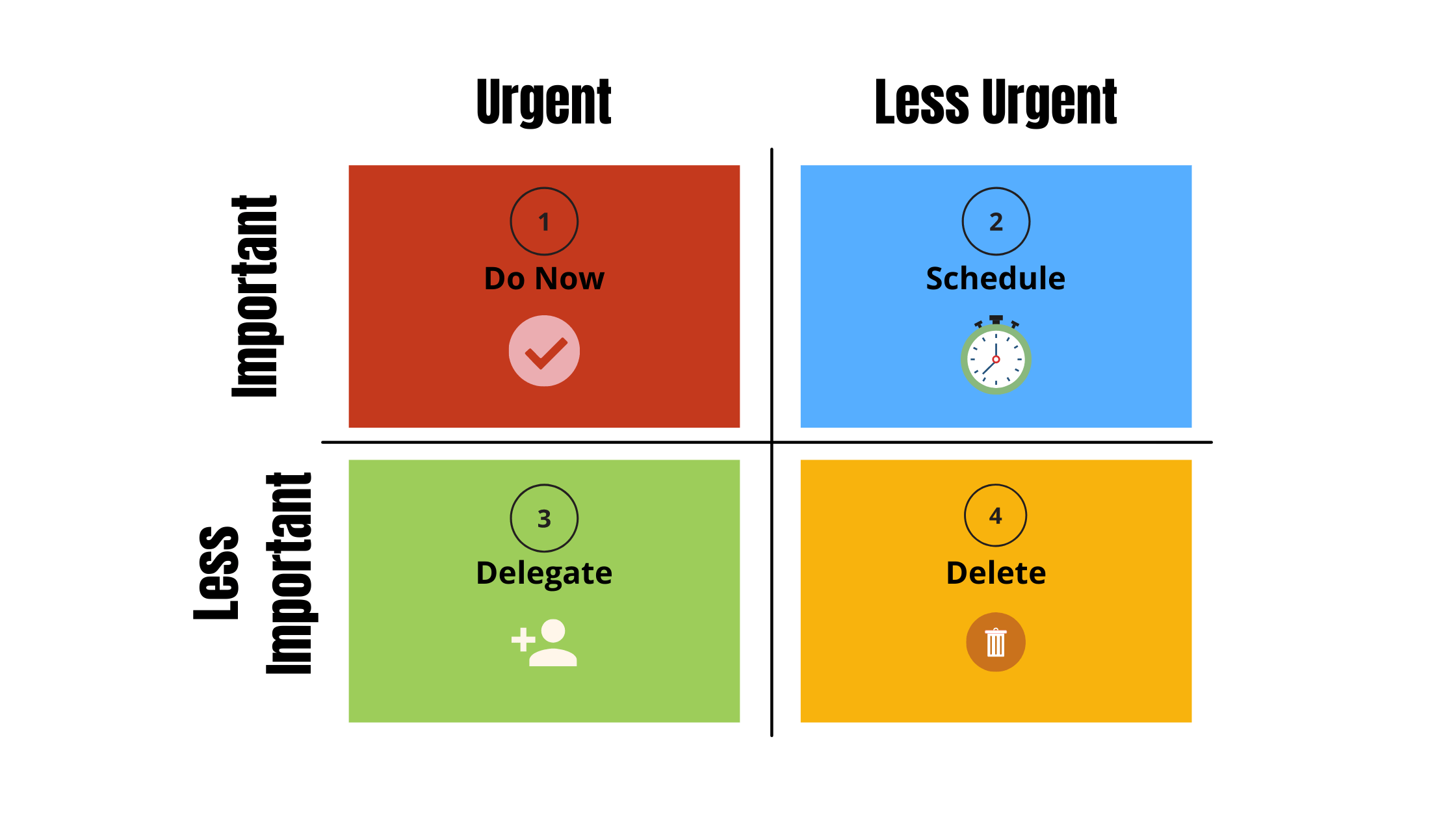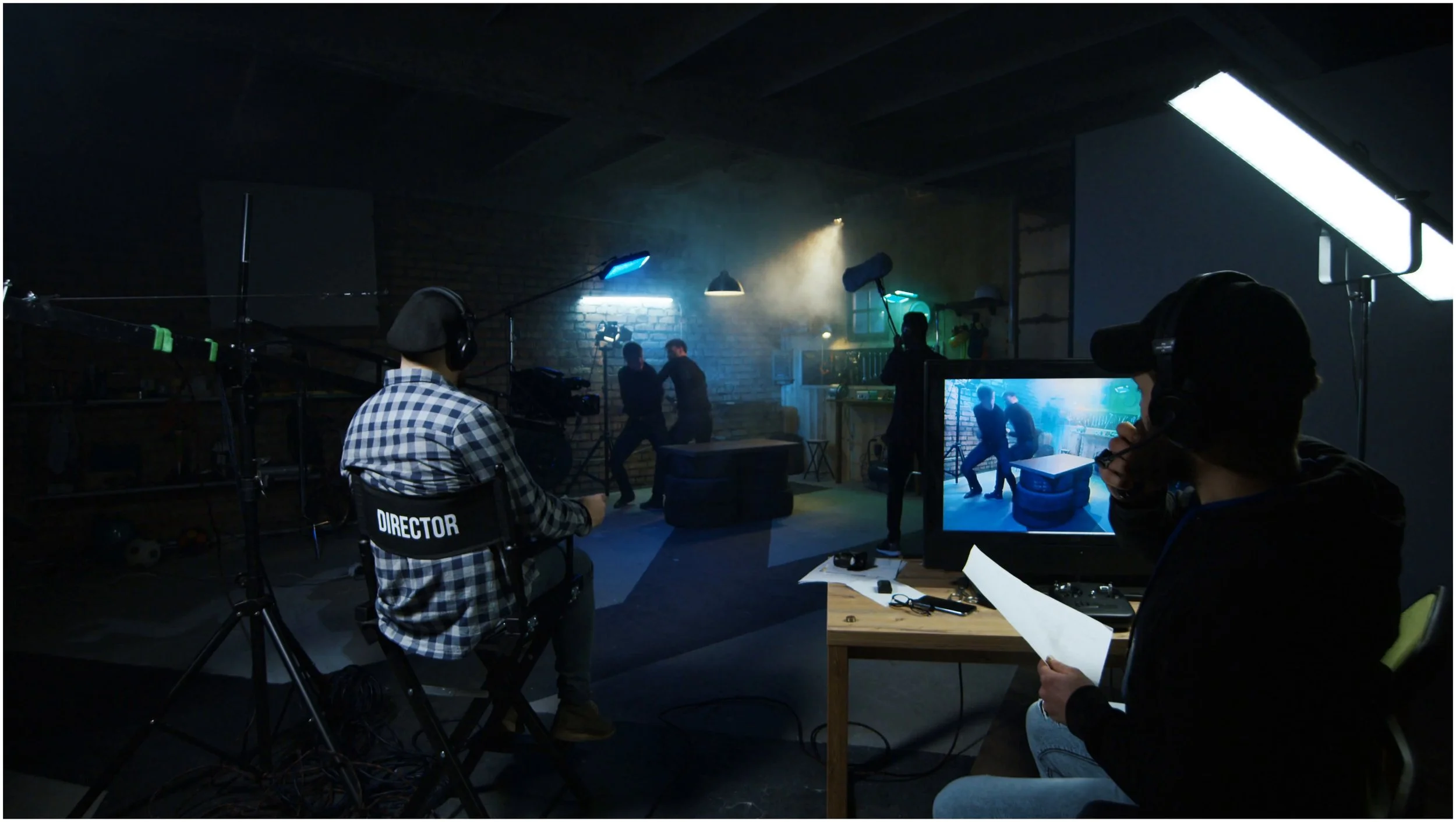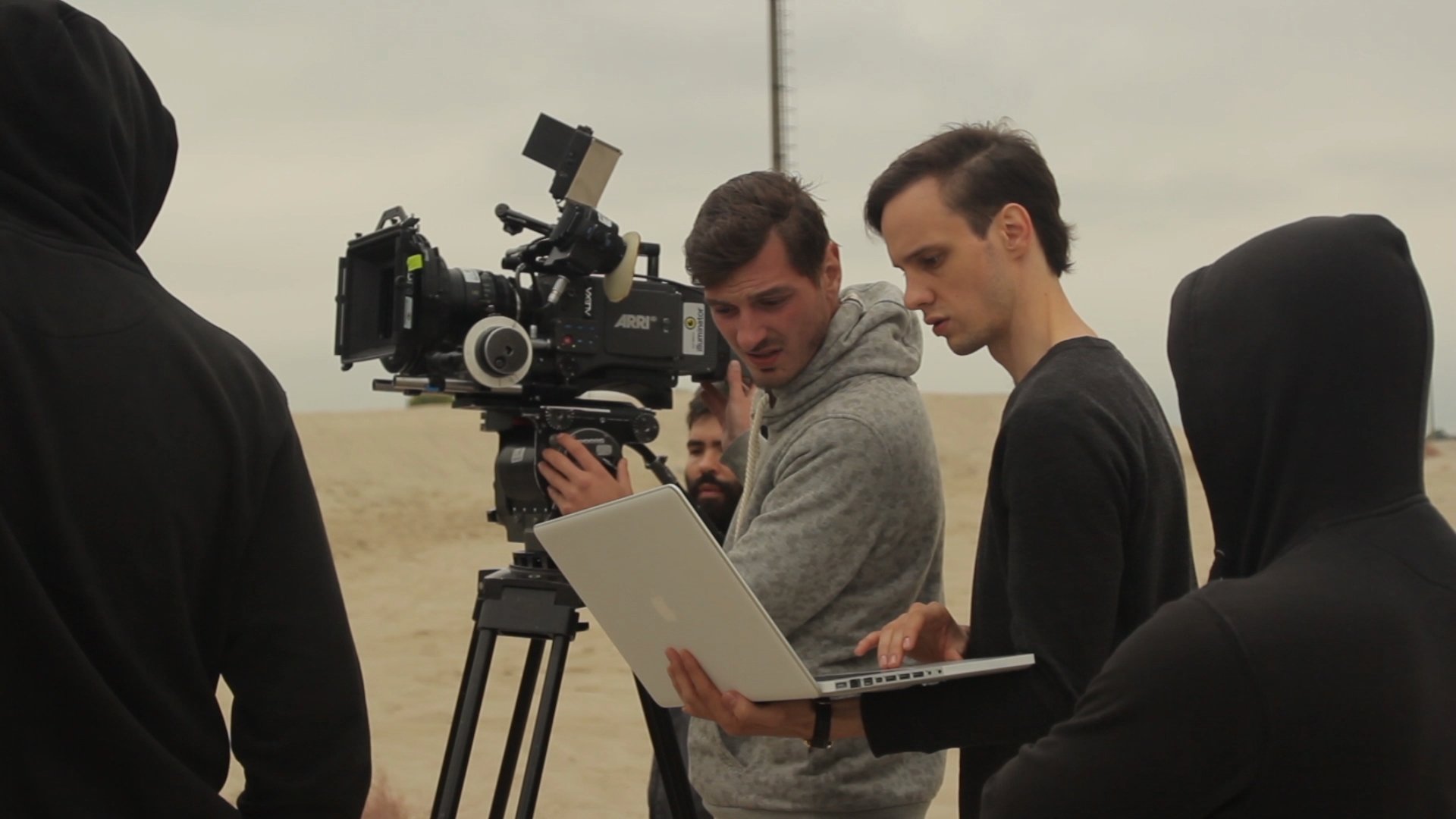Introduction
Datrysiad Media always advises clients on company culture videos, they are a fantastic way of attracting top talent but also retaining them for the long haul. After all, your employees are the heart and soul of your company. However, for these videos to work you must have great company culture in place, but have you ever wondered why some employees decide to pack their bags and leave, despite receiving competitive salaries?
If this is something you are facing, then this article is for you!
Remember, for some it might be enlightening, and for others it might be uncomfortable. As a business owner, building it from the ground up, we see it as our baby, so it is difficult to detach ourselves from the investment we have put in to make this work. Knowingly / unknowingly we don’t always help foster the positive environment we thought our business has created. Perception and reality often meet and, in many cases, can be a little bittersweet. It's become increasingly clear that there's more to employee satisfaction than just a hefty paycheck. In fact, several factors contribute to employee attrition, and one critical element that can make a significant difference is company culture. So, let's explore how it can transform your business by reducing turnover and creating a happy, engaged workforce.
Understanding the Factors behind Employee Departure
Picture this: You have a talented team of individuals who seem to have it all, yet they're walking out the door. But why? It's essential to understand the factors that drive employees away. Job dissatisfaction, lack of engagement, limited growth opportunities, ineffective management, poor work-life balance, and even a mismatched company culture can all contribute to employee attrition. You may have had a valuable team member who decided to leave your company unexpectedly. Upon reflection, you might have realised that it wasn't just about the money but rather a combination of factors that led to their departure. That experience may help you realise the importance of addressing these issues and cultivating a strong company culture.
Exploring the Impact of Company Culture on Employee Retention
Now, let's talk about company culture, a term that's often thrown around but not always fully understood. Company culture encompasses the values, beliefs, behaviours, and practices that shape your workplace environment. When nurtured effectively, it can have a profound impact on employee retention. A positive work environment, driven by a sense of purpose and shared values, can make all the difference. When employees feel connected to their work and the company's mission, they are more likely to stay engaged and committed. Building trust through transparent communication and recognising and rewarding employee contributions also play a crucial role in fostering a strong company culture.
You may experience a significant shift in employee retention once you began emphasising your core values and creating a culture of appreciation. Simple acts, such as recognising and celebrating individual achievements or promoting open communication, helping to transform your work environment and reduce turnover.
How Company Culture Can Make a Difference in Employee Retention
So, how does a strong company culture impact employee retention? Well, for starters, it increases job satisfaction and engagement. When employees feel supported, valued, and connected to their workplace, they are more likely to enjoy their jobs and remain loyal to the organisation. This, in turn, leads to improved morale and productivity. Additionally, a positive culture acts as a magnet for top talent. When prospective employees see that your company prioritises its employees' well-being and growth, they're more likely to choose you over your competitors. This not only saves you recruitment and training costs but also elevates the overall quality of your workforce. Revamping your company culture by introducing flexible work arrangements and investing in team-building activities. The results could be incredible, and it could help your employee retention rate, you could even be in the position to attracted exceptional talent who has heard about your positive work environment.
Understanding the Factors behind Employee Departure
Job dissatisfaction and lack of engagement are like a silent virus that spreads through your workforce. When employees don't find fulfilment in their roles or feel disconnected from their work, they become disengaged. This disengagement can lead to reduced productivity, increased absenteeism, and ultimately, the decision to seek greener pastures elsewhere.
Limited growth opportunities can be a major source of frustration for ambitious employees. If they feel like they're stuck in a dead-end job with no room for advancement, they'll start exploring other options that offer them the chance to learn and grow professionally. Investing in employee development programs and creating clear paths for career progression can go a long way in addressing this issue. Ineffective management and leadership can be a deal-breaker for many employees. People often leave bosses, not companies. When managers fail to provide support, guidance, and recognition, employees feel undervalued and unappreciated. This lack of effective leadership can erode morale and drive talented individuals away.
Maintaining a healthy work-life balance has become increasingly important in today's fast-paced, constantly connected world. Employees are seeking jobs that allow them to excel professionally while also having time for their personal lives. When the scales tip too heavily in favour of work, employees experience burnout, which can ultimately lead to their departure. Lastly, a mismatched company culture can create a toxic environment where employees feel like they don't belong. If the company's values, beliefs, and behaviours don't align with those of the employees, it creates a sense of disconnect. Employees want to work for organisations that share their principles and provide a supportive and inclusive atmosphere.
You may have had an incredibly talented employee who decided to leave your company. Despite receiving a competitive salary, they may have expressed feeling of being undervalued and unappreciated. It could be your management style and lack of transparent communication contributed to their dissatisfaction. It was a wake-up call that prompted us to reevaluate our approach and make changes to our company culture.
By understanding these factors behind employee departure, we can begin to see the critical role that company culture plays in addressing these challenges. In the next section, we'll delve into the impact of company culture on employee retention and how it can make a significant difference in creating a happy and engaged workforce.
Exploring the Impact of Company Culture on Employee Retention
Company culture encompasses the values, beliefs, behaviours, and practices that shape your workplace environment. When nurtured effectively, it can have a profound impact on employee retention. A positive work environment, driven by a sense of purpose and shared values, can make all the difference. When employees feel connected to their work and the company's mission, they are more likely to stay engaged and committed. Imagine a workplace where everyone is aligned with the same vision, where each individual feels like they are part of something meaningful. Such an environment creates a sense of belonging and motivates employees to give their best.
Building trust through transparent communication is another crucial aspect of company culture. When employees feel that they can openly express their thoughts and concerns without fear of judgment or retribution, it fosters a culture of trust. Open communication channels encourage collaboration, problem-solving, and innovation. By actively involving employees in decision-making processes and valuing their input, you create an inclusive culture where everyone feels valued and heard. Recognising and rewarding employee contributions is vital for building a positive company culture. When employees go above and beyond, acknowledging their efforts goes a long way in boosting morale and job satisfaction. This recognition can take various forms, from simple appreciation emails or shout-outs during team meetings to more substantial rewards and incentives. Celebrating milestones and achievements not only creates a positive work atmosphere but also reinforces the idea that hard work is valued and appreciated.
Nurturing work-life balance and employee well-being is another essential aspect of a healthy company culture. Employees who feel supported in achieving work-life harmony are more likely to stay committed to the organisation. Providing flexibility in working hours, promoting wellness initiatives, and offering resources for personal growth and development all contribute to creating a positive work environment. One of your employees may have been struggling to balance their personal responsibilities with their work obligations. You could have decided to implement a flexible work schedule to allow them to accommodate their family needs while still fulfilling their professional commitments. This small adjustment may a significant impact on their satisfaction and productivity, ultimately leading to improved retention.
By focusing on these elements of company culture, you can create an environment where employees feel valued, engaged, and motivated to stay. In the next section, we'll discuss how a strong company culture can make a difference in employee retention and contribute to your business's long-term success
How Company Culture Can Make a Difference in Employee Retention
So, how does a strong company culture impact employee retention? Well, for starters, it increases job satisfaction and engagement. When employees feel supported, valued, and connected to their workplace, they are more likely to enjoy their jobs and remain loyal to the organisation. A positive company culture fosters a sense of belonging and purpose, which translates into higher levels of job satisfaction. This, in turn, leads to increased productivity, better collaboration, and a more positive work atmosphere.
Moreover, a strong company culture enhances loyalty and commitment. Employees who feel a strong sense of camaraderie and shared values are more likely to stay with the company in the long run. They develop a deep attachment to the organisation and become ambassadors for its mission and values. This level of loyalty helps create stability and continuity within the workforce, reducing the disruptive effects of turnover.
Improved employee morale is another significant outcome of a positive company culture. When employees feel valued and appreciated, their morale soars. They become more invested in their work, more willing to go the extra mile, and more enthusiastic about contributing to the company's success. High morale spreads throughout the organisation, creating a virtuous cycle of positivity and increased employee retention.
A strong company culture also contributes to attracting and retaining top talent. In today's competitive job market, talented individuals seek more than just a paycheck. They are looking for a workplace that aligns with their values, offers opportunities for growth, and prioritises employee well-being. When your company culture is known for being positive and employee-centric, it becomes a magnet for top performers. This helps you build a talented and dedicated workforce, giving you a competitive edge in the industry.
Additionally, investing in company culture can result in reduced recruitment and training costs. When employees are satisfied and engaged, they are less likely to leave, reducing the need for frequent recruitment efforts. Retaining experienced employees also means you spend less time and resources on training new hires. By focusing on creating a positive work environment, you can build a stable and proficient team that can drive your business forward.
By now, it should be clear that company culture plays a vital role in employee retention. A strong culture increases job satisfaction, enhances loyalty, boosts employee morale, attracts top talent, and reduces recruitment costs. It's an investment that pays off in the long run, contributing to the overall success and growth of your business. In the next section, we will explore practical strategies for developing and sustaining a positive company culture that keeps your employees happy, engaged, and committed.
Strategies for Developing and Sustaining a Positive Company Culture
Now that we understand the importance of company culture in employee retention, let's delve into actionable strategies for cultivating a positive work environment that keeps your employees motivated, engaged, and committed.
Clearly define organisational values and mission: Start by establishing clear values that reflect what your company stands for. Communicate these values to your employees and align them with your company's mission and goals. When everyone understands and embraces these shared principles, it creates a strong foundation for a cohesive and positive culture.
Involve employees in shaping the culture: Include employees in the process of defining and shaping the company culture. Encourage open discussions, solicit feedback, and implement initiatives that reflect their ideas and aspirations. By involving employees, you foster a sense of ownership and empowerment, leading to a more inclusive and collaborative work environment.
Provide opportunities for growth and advancement: Invest in your employees' professional development by offering training programs, mentorship opportunities, and career advancement pathways. When employees see that their growth is valued and supported, they are more likely to stay and contribute their best efforts. Providing challenging and meaningful work assignments also keeps employees engaged and motivated.
Establish effective communication channels: Open and transparent communication is crucial for fostering a positive culture. Implement regular team meetings, encourage feedback and suggestions, and maintain clear lines of communication throughout the organisation. This promotes trust, collaboration, and a sense of belonging among employees.
Invest in employee development and training: Show your employees that you care about their growth and success by investing in their development. Provide access to relevant training programs, conferences, and workshops. Support ongoing learning initiatives and create opportunities for skill-building. This not only enhances employee satisfaction but also equips them with the tools to contribute more effectively to the company's objectives.
Establish work-life balance initiatives: Recognise the importance of work-life balance and promote initiatives that support it. Offer flexible work arrangements, promote wellness programs, and encourage employees to take breaks and vacations. Prioritising work-life balance reduces burnout, enhances well-being, and improves overall job satisfaction.
Recognise and reward employee achievements: Celebrate the accomplishments and contributions of your employees. Implement a recognition program that acknowledges outstanding performance, both individually and collectively. This can be done through public recognition, rewards, or incentives. When employees feel valued and appreciated, it reinforces a positive culture and encourages them to stay committed to the organisation.
Your company could implement a monthly "Spotlight" program where employees could nominate their peers for exceptional work. The chosen individual would receive public recognition, a small reward, and a heartfelt thank-you from the team. This simple initiative had a tremendous impact on morale and employee retention.
Remember, building a positive company culture is an ongoing effort that requires continuous attention and adaptation. Regularly assess the effectiveness of your initiatives, solicit feedback from employees, and make necessary adjustments. By consistently prioritising and investing in your company culture, you'll create an environment that attracts and retains top talent, fosters employee engagement, and drives your business towards long-term success.
Conclusion
We've embarked on a journey to understand the profound impact of company culture on employee retention. Throughout this article, we've explored why employees leave beyond just monetary reasons and how a positive company culture can make a significant difference in addressing this challenge. We discovered that job dissatisfaction, lack of engagement, limited growth opportunities, ineffective management, poor work-life balance, and a mismatched company culture contribute to employee attrition. However, by nurturing a strong company culture, we can mitigate these issues and create an environment where employees feel valued, engaged, and motivated to stay.
A positive company culture increases job satisfaction, enhances loyalty and commitment, improves employee morale, attracts top talent, and reduces recruitment and training costs. It's an investment that pays off in the long run, creating a stable, productive, and dedicated workforce.
To develop and sustain a positive company culture, we explored practical strategies
Clearly defining organisational values and mission.
Involving employees in shaping the culture.
Providing opportunities for growth and advancement.
Establishing effective communication channels.
Investing in employee development and training.
Establishing work-life balance initiatives.
Recognising and rewarding employee achievements.
By implementing these strategies, you can transform your workplace dynamics and create an environment where employees thrive and contribute to your business's success. Now, armed with knowledge and practical insights, it's time for you to act. Evaluate your company's culture, identify areas for improvement, and begin implementing changes that align with your employees' needs and aspirations. Remember, building a positive company culture is an ongoing journey that requires continuous effort and adaptation.
By investing in your company culture, you not only address the challenge of employee retention but also create a fulfilling and engaging workplace for your employees. As a result, your business will flourish, attracting and retaining top talent, and positioning itself as a leader in your industry. Embrace the power of company culture and embark on a journey towards creating an environment where employees are not just employees but valued members of a thriving, supportive, and purpose-driven community. Your employees are your greatest asset, and by prioritising their well-being, you're setting the stage for a prosperous future.















































































